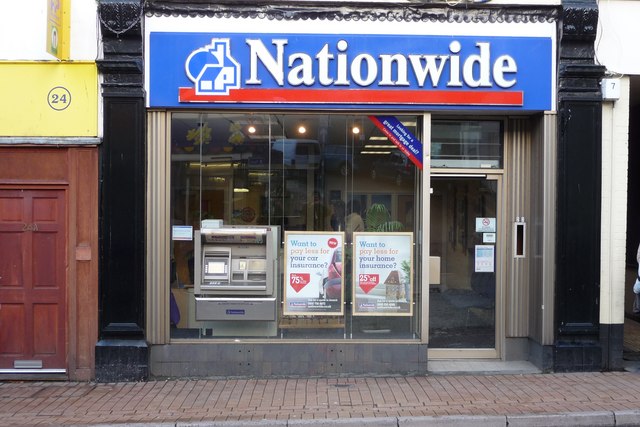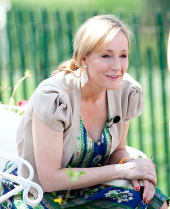
The UK economy experienced a sluggish start to 2023, weighed down by inflation that eroded households' disposable income, according to official figures released on Friday. Economists predict
that the pain will persist despite easing inflation, as higher interest rates are expected to remain in place.
The latest data confirmed the Office for National Statistics' initial estimate of a 0.1% quarterly gross domestic product (GDP) growth for the first three months of 2023. This leaves output 0.5% lower than the final quarter of 2019, prior to the COVID-19 pandemic.
While households dipped into their savings, the overall savings ratio remained higher compared to pre-pandemic levels. However, the cost of living rose faster than incomes, placing additional strain on households.
The squeeze on households is expected to continue as the Bank of England raised interest rates to a 15-year high of 5% in June. Investors perceive little indication that the tightening cycle is nearing its end, given the persistent high inflation.
Ashley Webb, UK economist at consultancy Capital Economics, remarked, "The final Q1 2023 GDP data confirms that the economy steered clear of a recession at the start of 2023. But with around 60% of the drag from higher interest rates yet to be felt, we still think the economy will tip into one in the second half of this year."
Compared to other major advanced economies, the UK's economic recovery from the pandemic has been notably slower. Germany has also faced challenges, with its economy shrinking by 0.5% in the first quarter compared to pre-pandemic levels.
In annual terms, the UK's economy grew by a mere 0.2% by the end of the first quarter.
INFLATIONARY PRESSURE
British households have been grappling with the impact of surging inflation, which reached a 41-year high of 11.1% last year following Russia's invasion of Ukraine, causing a spike in natural gas prices. Since then, inflation has been slow to decline.
The latest figures revealed that households' real disposable income, adjusted for inflation and taxes, dropped by 0.8% compared to the previous quarter. This marks the most significant decline since the second quarter of 2022 and a 0.5% decrease compared to the same period last year. The decline reflects rising costs for electricity, gas, and food.
There are also indications that people are saving less due to the increased cost of living, as the savings ratio fell to 8.7% in the first quarter, the lowest level since the second quarter of 2022, although still above the pre-pandemic average of just over 5%.
For the first time since records began in 1987, the ONS reported a net withdrawal of money by households from bank accounts.
Amidst sharply rising interest rates, mortgage repayments exceeded new borrowing by a record £5.2 billion ($6.6 billion) as individuals became more cautious about taking on new debt.
According to Nationwide Building Society, house prices in June experienced the largest annual fall since 2009, with a decline of 3.5% compared to the previous year.
There was some positive news regarding business investment, which saw a 3.3% increase in the first quarter, marking the most substantial rise in a year. However, the ONS noted that this increase was largely driven by companies rushing to invest before the expiration of the "super-deduction" tax break on capital projects on March 31.
This policy was subsequently replaced by a new one offering full expensing for three years. Nonetheless, businesses have long expressed concerns about the lack of long-term clarity in corporate tax policy, which has fostered a stop-start approach to investment in the UK.
The UK's underlying current account deficit narrowed to 2.6% of GDP in the first quarter, down from 3.3% in the final quarter of 2022, after excluding volatile flows of precious metals, as preferred by the ONS.
The total current account deficit, including precious metal flows, amounted to £10.8 billion in the first quarter, surpassing economists' forecast of £8.5 billion in a Reuters poll. This deficit equates to 1.7% of GDP. Photo by Roger A Smith, Wikimedia commons.


































